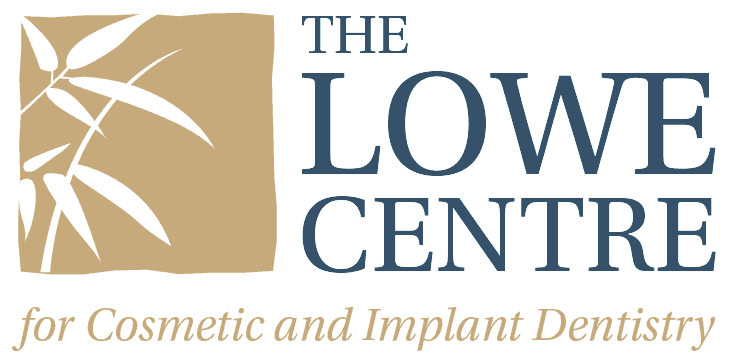Blog
Caring For Your Baby’s Teeth
Parents of infants have a lot to worry about but, seeing that children with dental decay are at far greater risk of developing cavities in adulthood, it is important to make your child’s dental health a priority. In order to help get your little one’s teeth and gums off to a healthy start, we’ll address three common questions.
When To Begin?
A common mistake parents make is waiting until their children’s teeth emerge before initiating a cleaning routine. According to the Canadian Dental Association (CDA), parents should be cleaning their children’s mouths at least once each day, even before they have teeth.
The CDA suggests laying your infant in a comfortable place and, using a soft baby toothbrush or a clean, damp washcloth, thoroughly brushing or wiping his or her gums. Starting early ensures your baby’s teeth will emerge in a clean environment and it will get both of you into a healthy routine.
Once your child’s teeth break through the gums (typically around six months), it’s recommended brushing twice a day using a toothbrush with soft, rounded bristles, appropriately sized for your child’s mouth.
What brushing technique should I use?
The CDA suggests holding your child’s toothbrush at a 45-degree angle to the teeth, cleaning all tooth surfaces and gums using gentle circles. The key word here is gentle! Brushing too hard can hurt your infant’s delicate gums.
Also, remember to replace your child’s toothbrush approximately every three months. Brushes with bent or worn bristles are far less effective and can irritate your child’s mouth.
Should I use toothpaste?
We’ve all read the warnings on toothpaste tubes regarding swallowing, so concern over whether your child is ready for toothpaste is completely normal. While children who ingest excessive amounts of fluoride may be at risk of suffering fluorosis, a condition affecting the tooth’s enamel, the major North American dental associations agree that the benefits of supervised, moderate use of fluoride toothpaste by children outweighs any potential negative effects.
So how much toothpaste should you be using? The American Dental Association’s (ADA) guidelines recommend using a small smear of fluoride toothpaste as soon as your child’s teeth emerge, increasing to a pea-sized amount at three years of age. The CDA agrees that a rice-grain-sized amount of fluoride toothpaste is acceptable to use once your child has teeth, however, they recommend a more individualized approach: for children under three, toothpaste use should be determined by a dental health professional based upon an assessment of each child’s level of risk for tooth decay.
Following these tips will go a long way towards keeping your child’s mouth healthy leading up to his or her first dental appointment, setting them on a path towards great teeth as an adult. In the meantime, don’t hesitate to contact your family dentist with any questions you may have.
